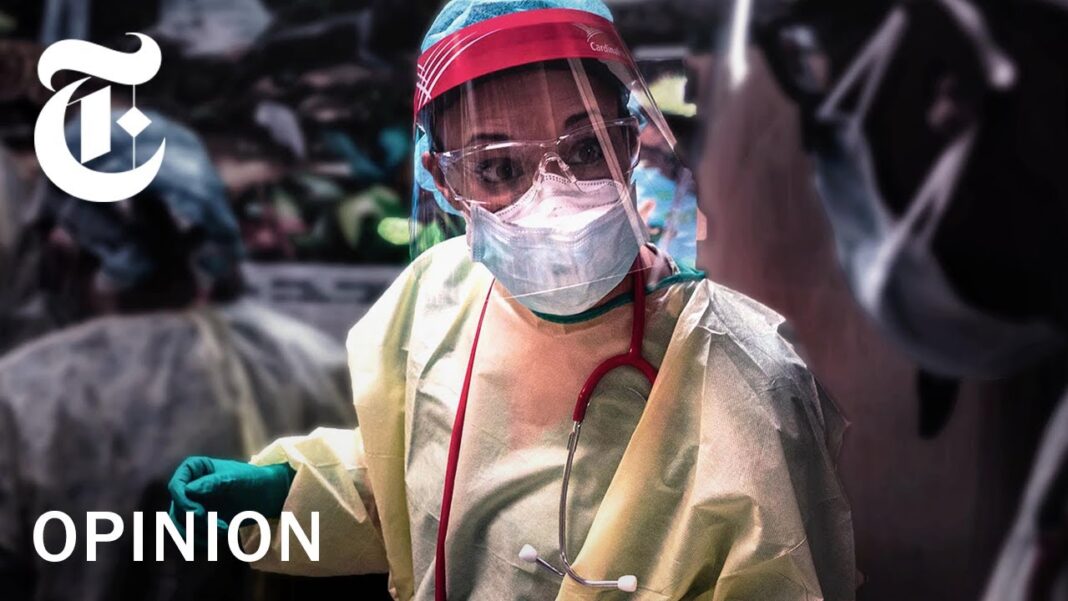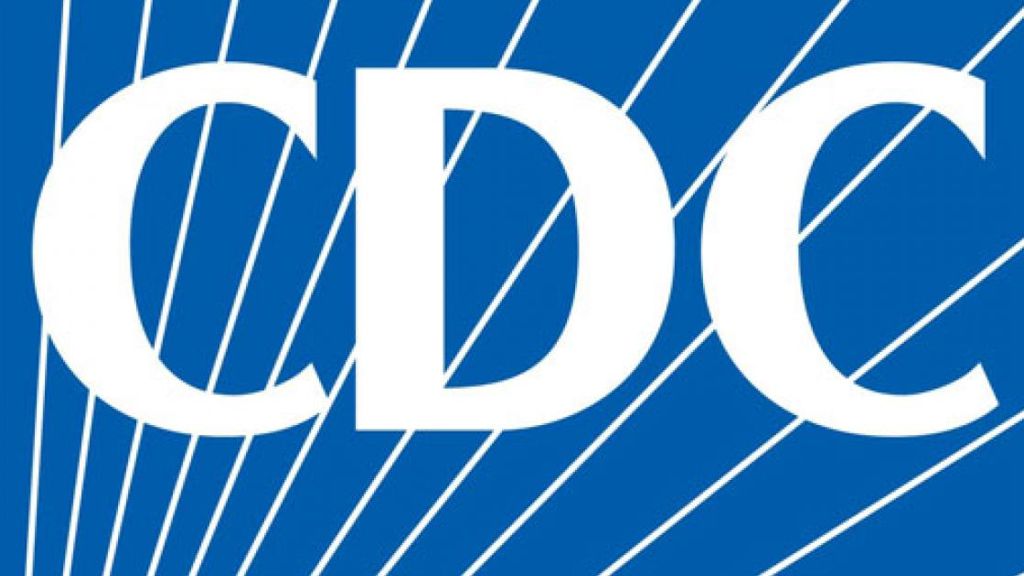
NOTE FROM GLENN GREENWALD: The corporate media has worked very hard to propagate the liberal-pleasing narrative that COVID has become a partisan disease due to vaccine hesitancy on the right, often ignoring the inconvenient truth that large percentages of politically diverse groups, principally African-Americans and Latinos, remain resistant to vaccination. Recent reporting from The New York Times serves to further this distorted narrative, dubbing the positive correlation between support for Donald Trump and COVID death rates “Red COVID,” and brandishing it as evidence of a partisan pandemic. But the Times’ report misleads readers through statistical manipulation and data games, as illustrated by this meticulous analysis, presented in an Outside Voices contribution by Jeremy Beckham:
The Times’ piece on “Red Covid” obscures the reality of the pandemic and manipulates data in favor of a self-congratulatory liberalism.
A widely shared article recently appeared in The New York Times’ “The Morning” newsletter titled “Red Covid,” authored by David Leonhardt. This article, presented as news reporting and not an opinion piece, argues that deaths from COVID-19 are “showing a partisan pattern,” with the worst impacts of the disease “increasingly concentrated in red America.” Given that this narrative perfectly flatters a liberal sense of superiority, it has predictably gained substantial traction on MSNBC and on Twitter.
One particular claim in the Times’ article caught my attention: that there is a clear and strong association on a county level between COVID deaths and support for Donald Trump in the 2020 election. Specifically, the article alleged that those counties which voted overwhelmingly for Donald Trump had more than a four-fold greater mortality rate than those counties which decisively voted against Trump. If true, that would indeed be a striking observation.
But, as is often the case with epidemiological observations, the question is more complicated than two variables. There are three analytic errors that can lead someone to make false conclusions from what appears to be a meaningful association between two variables: bias, confounding variables, and random statistical error. In this case, the Times’ analysis failed to discuss significant confounding variables.
Age is a common confounder in public health research, and COVID-19 is no exception. The mortality burden of COVID-19 is not randomly distributed across age groups. Indeed, age appears to be the “strongest predictor of mortality” from COVID-19, with one’s risk of death increasing exponentially with age. According to CDC figures, the oldest populations experience a rate of death 570 times higher than that of the youngest populations. This is precisely why older populations were vaccinated first; we knew that prioritizing this population would have the most dramatic effect in curtailing hospitalizations and deaths. Yet the crude county-level analysis reported in The New York Times failed to adjust or account for age at all.







